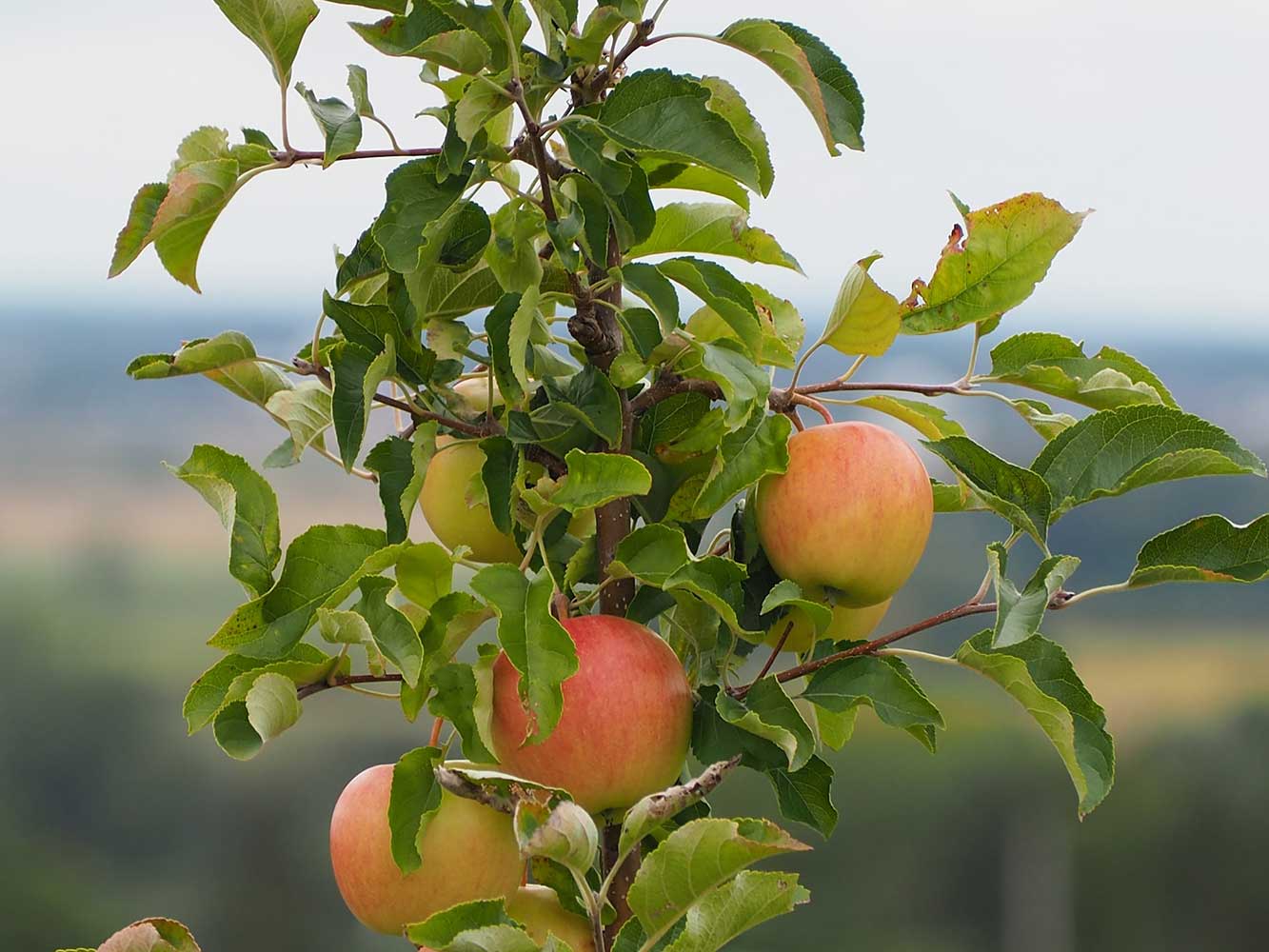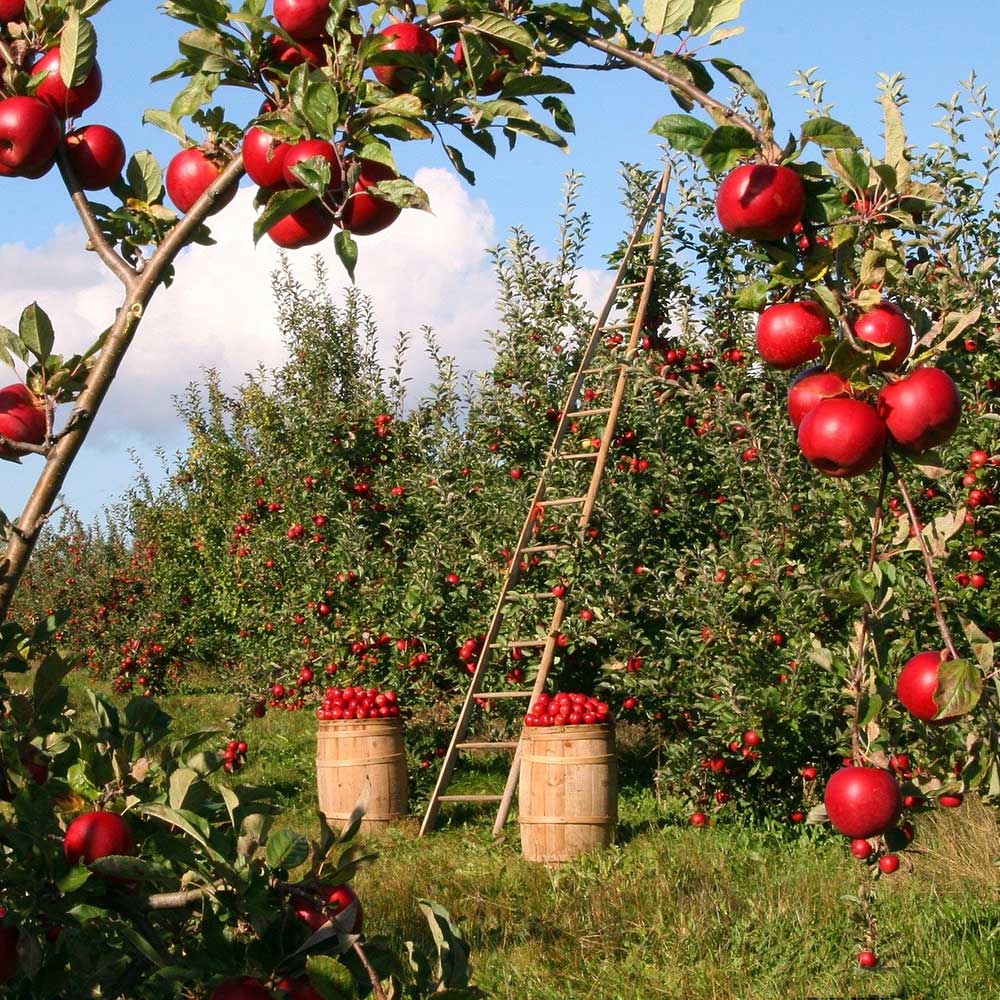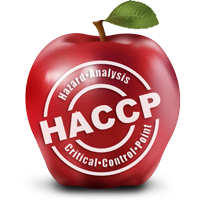Production Fruit production can be a challenging task. As it requires a lot of investment, time, and patience, this is not a job for everyone.
If you do decide to engage in fruit production, you will have something to look forward to. The fruits of this hard work will reward all your efforts. Once apples, apricots, or pears start arriving in your orchard, you will be more than happy and satisfied.
Before embarking on this adventure, it is important to understand the production process. You can think of it as a hobby, but it is important to be aware that this is both an art and a science.
In this guide, you will be presented with the history of fruit production, and this will help you better prepare for this task!
Pomology
Believe it or not, the science of growing fruit has its own name – pomology. This science of fruit growing originates from America. Back in the fifteenth century, when Columbus planted oranges, lemons, limes, and pomelo on the soil of Haiti, the history of fruit production began. Officially, pomology was introduced in the USA in 1886.
The study of fruits and nuts is necessary to improve the production process. Depending on the variety, the fruit trees will be grown differently. This science helps us learn everything we need to grow fruit in the best possible way.
Much of the information available in pomology has been passed down for years. Nevertheless, tireless pomologists continue their research and constantly improve their knowledge and science in general.
The main task of a pomologist is to develop new cultivars. New varieties of fruits and nuts are especially useful for things like developing disease resistance.
Another task of the pomologist is to study methods of fertilization and circumcision. It is always necessary to find ways to protect trees from pests, infections, and diseases. Protecting the fruits from adverse weather conditions is also extremely important. In this way, pomologists help keep the trees healthy and productive.
Pomologos are there to water and transplant the crops, but also to decide on the harvest and transport of the fruit to the supermarket. They are the ones who give advice on the storage conditions of fruits and record their shelf life.
The beginnings of fruit growing
When we talk about the beginnings of fruit production, we have to go back to the distant past. It is believed that agriculture appeared 10,000 years ago in Mesopotamia. What is certain, however, is that the manufactured fruit appeared in Babylon a little later.
Irrigation systems for gardens went from Egypt to the rest of the world. The Egyptians used this system for almost 3,000 years BC.
Arabs are also known for their magnificent gardens, especially citrus gardens. These gardens became a symbol of the Islamic paradise and an oasis for the rich and powerful.
Antiquity
In ancient Greece, the main fruit trees in gardens were olives and figs. The ancient Greeks loved these types of fruit, but they also adored dried fruit.
On the other hand, in ancient Rome, among other things, apples,pears, grapes, and strawberries were grown. The ancient Romans were lovers of pleasure, so their gardens also resembled oases and a large number of fruit trees were there to make the space look (and smell) nicer.
The Middle Ages
In the Middle Ages, things changed considerably. Due to new social and state arrangements, priorities in agriculture have changed. Namely, the cultivation of vegetables gained primacy and fruit fell into the shade for a short time.
The fruit was often considered an elite food. Vegetables, on the other hand, were available to everyone, and vegetable production was not half as demanding as fruit production.
The Renaissance contributed to the idea that fruit is food for the rich. Fruit pyramids were served at the feasts of the wealthier population – this is also how victories among the nobility were celebrated.
Modern times
After the 16th century, different types of fruit and ways to grow them spread across the planet. Thanks to the colonization of America, new varieties of fruit were brought to Europe. Also, many European varieties found their way to American soil.
Asia also participated in the exchange of goods with other continents. So today we have access to almost all kinds of fruits and vegetables even at the most distant points from their country of origin.
Technological advances play an important role in fruit production today. Thanks to new technologies, drying fruit is not the only way to process it. Fruits can be boiled, fried, fermented or pickled. You can add additives or concentrate them.
In the future, more changes await us in the field of fruit production. Processes are expected to be constantly improved – to be more efficient, effective, and of higher quality.
The history of fruit production is colorful because the product itself is a complicated and demanding process. It is necessary to approach it seriously and with dedication. If you have no experience with this science, use every free moment to learn, and soon you will be ready to grow your first seedlings.







